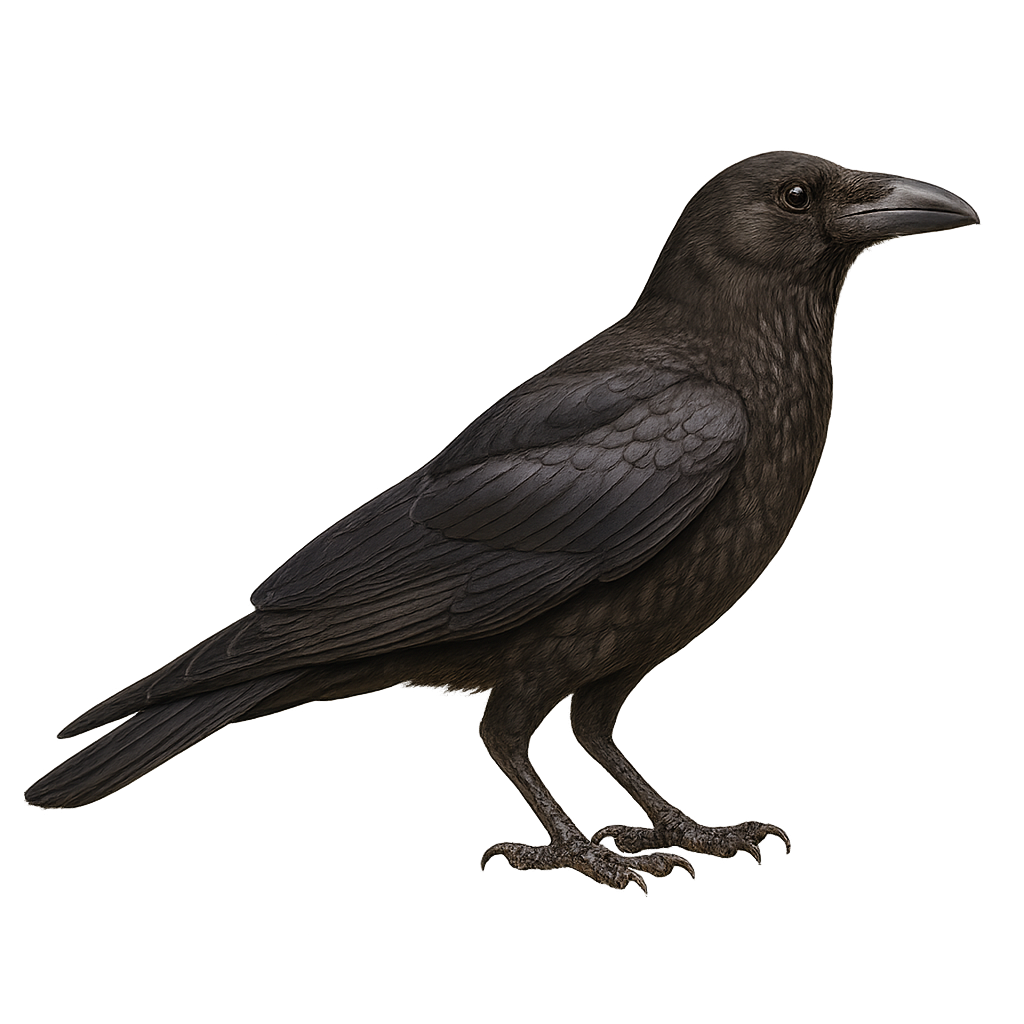Your wildlife photography guide.
Explore the somali crow in detail, study its behavior, prepare your shots.
Where to observe and photograph the somali crow in the wild
Learn where and when to spot the somali crow in the wild, how to identify the species based on distinctive features, and what natural environments it inhabits. The WildlifePhotographer app offers tailored photography tips that reflect the somali crow’s behavior, helping you capture better wildlife images. Explore the full species profile for key information including description, habitat, active periods, and approach techniques.
Somali Crow
Scientific name: Corvus edithae

IUCN Status: Least Concern
Family: CORVIDAE
Group: Birds
Sensitivity to human approach: Suspicious
Minimum approach distance: 10 m
Courtship display: March to April
Incubation: 18-20 jours
Hatchings: March to May
Habitat:
Savannas, semi-desert areas, grassy plains
Activity period :
Primarily active during the day, with peak activity in the morning and late afternoon.
Identification and description:
The Somali Crow, scientifically known as Corvus edithae, is a bird endemic to the arid regions of the Horn of Africa. It is distinguished by its glossy black plumage and robust beak. Measuring about 46 cm in length, it is often mistaken for other crows but can be identified by its slightly smaller size and distinctive call. This crow is omnivorous, feeding on fruits, insects, and small animals. It is often seen in small groups, exploring savannas and semi-desert areas. Although relatively common in its habitat, monitoring its status is essential due to environmental changes that may affect its population.
Recommended lens:
400mm – adjust based on distance, desired framing (portrait or habitat), and approach conditions.
Photography tips:
To photograph the Somali Crow, it is advisable to use a 400mm lens or longer to capture detailed images without disturbing the bird. Opt for early morning or late afternoon hours to benefit from soft lighting and avoid harsh shadows. Be patient and discreet, approaching slowly to avoid startling it. Using a tripod can stabilize your camera and improve the sharpness of your photos.
The WildlifePhotographer App is coming soon!
Be the first to explore the best nature spots, track rutting seasons, log your observations, and observe more wildlife.
Already 1 439 wildlife lovers subscribed worldwide

